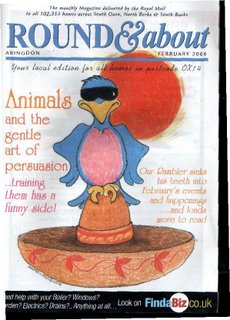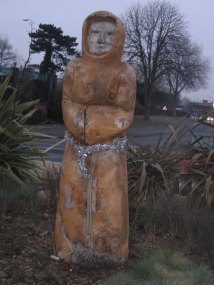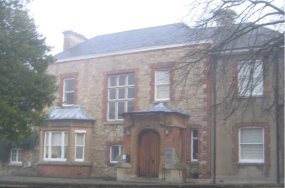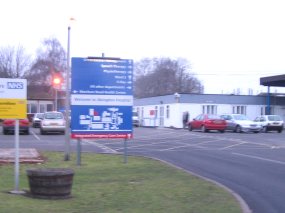MG Land
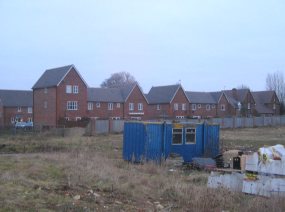
Production of MG cars at Abingdon was stopped in 1980. BL (British Leyland) with a noticeable lack of judgement announced the closure while workers were celebrating 50 years of MG production at Abingdon.
The factory was closed, and this is the last piece of land that is yet to be developed.
Plans for housing and flats have been put forward by Builders Ede from Kidlington who own the land. But their plans were rejected by the local planning authority, and have been resubmitted. They tried to fit in too much first time around.
The land lies along Colwell Drive between Abingdon police station and the houses of Willowbrook. It has been left undisturbed so long that it has become the home of foxes and skylarks...

